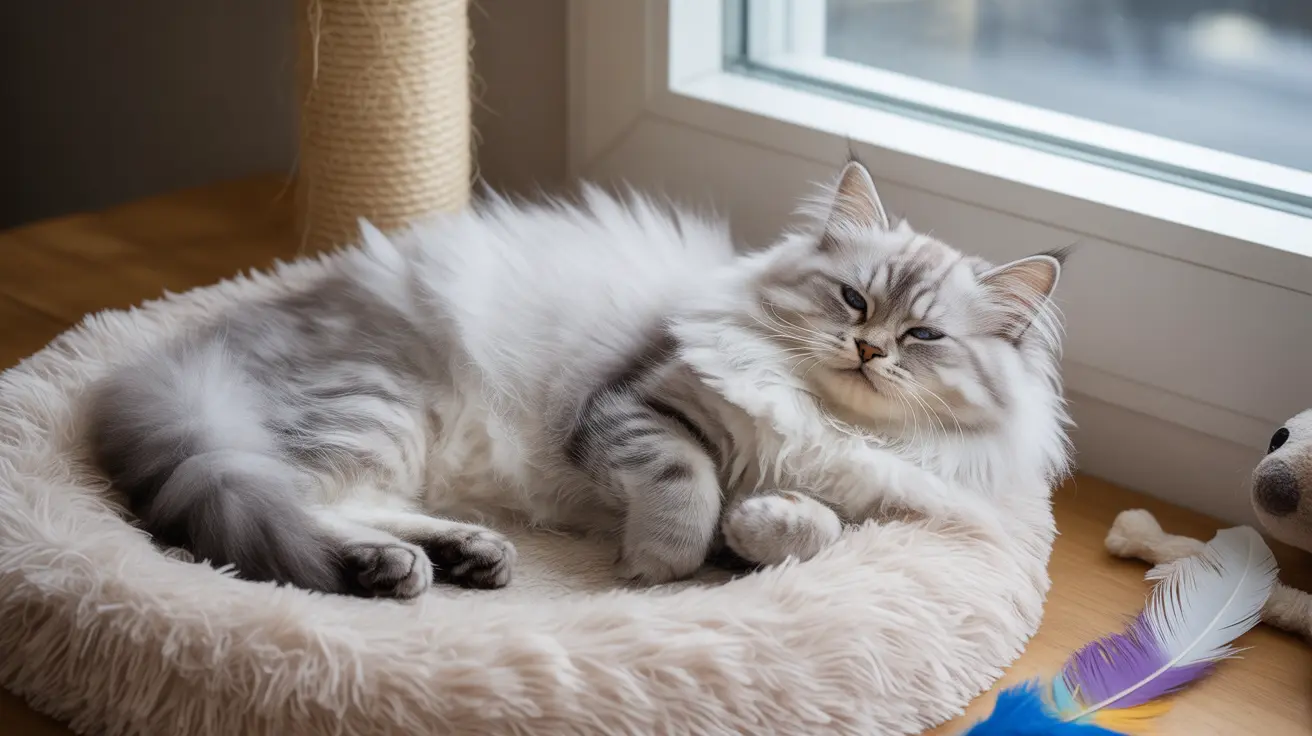Introduction
Considering adding multiple feline friends to your household? While having two cats can bring joy and companionship, it's essential to understand the potential challenges that come with this decision. From financial considerations to behavioral dynamics, being aware of the disadvantages of having two cats can help you make an informed choice and prepare appropriately for multi-cat ownership.
In this comprehensive guide, we'll explore the key challenges of maintaining a two-cat household and provide practical solutions to help you navigate these potential obstacles successfully.
Financial Impact of Two-Cat Ownership
One of the most significant disadvantages of having two cats is the doubled financial responsibility. Beyond the initial adoption fees, you'll need to consider:
- Twice the food costs, including both regular meals and treats
- Multiple sets of supplies (litter boxes, beds, scratching posts)
- Double veterinary expenses for routine checkups and vaccinations
- Increased pet insurance premiums
- Additional grooming supplies and potential professional grooming services
These costs can add up significantly over time, potentially straining your household budget. It's recommended to create a dedicated pet expense fund to manage these increased financial obligations effectively.
Territory and Space Management Challenges
Cats are naturally territorial animals, and managing space for two can be particularly challenging. Even cats from the same litter may experience territorial disputes, leading to:
- Marking behavior and inappropriate elimination
- Competition for preferred resting spots
- Conflicts over feeding areas
- Resource guarding
- Stress-related behavioral issues
To minimize these challenges, experts recommend providing multiple resources throughout your home, including separate feeding stations, multiple litter boxes (following the n+1 rule), and various elevated spaces for retreat.
Behavioral and Social Complications
Littermate Syndrome Concerns
While less commonly discussed in cats than dogs, littermate syndrome can affect feline siblings, manifesting as:
- Excessive codependency
- Difficulty bonding with humans
- Anxiety when separated
- Stunted individual social development
- Aggressive behavior toward other cats or pets
Inter-Cat Aggression
Even cats that initially get along may develop aggressive tendencies, particularly during:
- Adolescence and social maturity
- Times of stress or environmental changes
- Introduction of new pets or family members
- Competition for resources or attention
Health and Hygiene Considerations
Managing the health and cleanliness of two cats requires additional vigilance. Key challenges include:
- Increased risk of communicable diseases
- More frequent cleaning requirements
- Higher likelihood of parasitic infections
- Complex medication administration when needed
- Monitoring individual eating habits and health symptoms
Frequently Asked Questions
What are the main financial disadvantages of having two cats instead of one?
The primary financial disadvantages include doubled costs for food, litter, veterinary care, and supplies. You'll also need to budget for unexpected medical emergencies for both cats and potentially higher housing costs if you rent.
How can territorial disputes between two cats be managed effectively at home?
Manage territorial disputes by providing multiple resources (litter boxes, scratching posts, beds), creating vertical spaces, and maintaining separate feeding areas. Consider using pheromone diffusers and ensuring each cat has access to private spaces.
What is littermate syndrome and how does it affect two cats adopted together?
Littermate syndrome occurs when siblings become overly dependent on each other, leading to behavioral issues, separation anxiety, and difficulties bonding with humans. This can result in stunted social development and challenging behavior patterns.
How should I introduce a new cat to a household that already has one cat?
Introduction should be gradual, starting with separate spaces and scent exchange. Follow a structured introduction process over several weeks, including visual contact through barriers before direct interaction, always supervising initial meetings.
What extra care and resource adjustments are needed when having two cats?
You'll need additional litter boxes (typically one more than the number of cats), multiple feeding stations, increased play areas, separate scratching posts, and various elevated spaces. Regular veterinary care and monitoring of both cats' behavior patterns is essential.
Conclusion
While having two cats can provide wonderful companionship and entertainment, it's crucial to carefully consider the challenges before making this commitment. Understanding these disadvantages allows you to prepare adequately and create an environment where both cats can thrive. With proper planning, resource allocation, and attention to behavioral dynamics, many of these challenges can be successfully managed.






